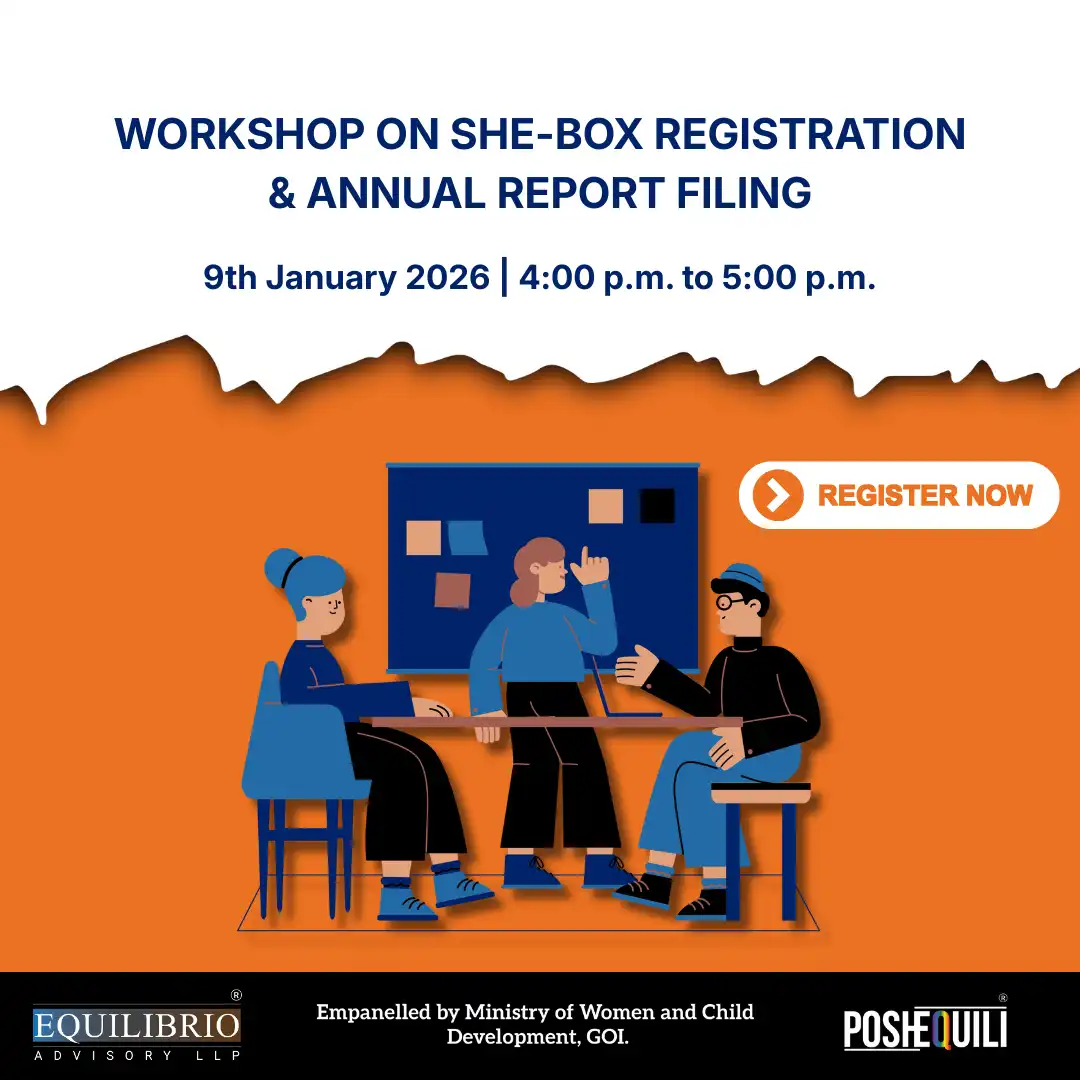Preceding the POSH Act 2013: Understating Supreme Court’s Pivotal Decision in Apparel Export Promotion Council v. A.K. Chopra (1999)
Introduction:
This landmark judgment, issued by the Supreme Court (“SC”) in the case of Apparel Export Promotion Council v. A.K. Chopra (AIR 1999 SC 625), revolves around allegations of sexual harassment within the workplace.
A.K. Chopra, the Respondent and Chairman of the Apparel Export Promotion Council, faced accusations from a female employee, Miss X, of attempting to molest her during a work-related incident at the Taj Palace Hotel. The court, in its scrutiny, explored crucial issues, including the definition of sexual harassment, the expectations of decency and modesty in superior-subordinate relationships, and the extent of the High Court’s jurisdiction in reviewing disciplinary decisions.
Fact:
The case involves allegations of sexual harassment against the Respondent, A.K. Chopra, who was working as the Chairman of the Apparel Export Promotion Council. The complainant, Miss X, a female employee, accused Chopra of attempting to molest her at the workplace, specifically at the Taj Palace Hotel. The incident occurred on August 12, 1988, when Chopra insisted that Miss X accompany him to the hotel for dictation purposes. Despite her objections, Chopra allegedly engaged in objectionable behaviour, attempting physical contact and making inappropriate advances.
Miss X reported the incident to the Director (Personnel) on August 17, 1988, and a subsequent inquiry was conducted by an Enquiry Officer, J.D. Giri. The Enquiry Officer found Chopra guilty of acting against moral standards and engaging in behaviour that did not meet the test of decency and modesty. Based on these findings, Chopra was suspended on August 18, 1988, and later removed from service on June 28, 1989.
Chopra appealed the decision, leading to a series of legal proceedings. The Staff Committee initially upheld the removal, but due to procedural issues, the High Court directed a reconsideration. Upon revaluation, the Staff Committee reaffirmed the decision to remove Chopra from service. However, a writ petition filed by Chopra led to a judgment by a single judge of the High Court, stating that while Chopra had “tried to molest” Miss X, he had not actually molested her. The single judge ordered Chopra’s reinstatement without back wages and directed his posting outside Delhi for two years.
The Respondent appealed this decision to the Division Bench of the High Court, which concurred with the single judge’s findings, emphasizing that there was no physical contact between Chopra and Miss X. The Division Bench held that attempting to touch without actual physical contact did not warrant dismissal from service. Dissatisfied with this outcome, the employer appealed to the Supreme Court.
The Supreme Court was tasked with reviewing the case, considering the conflicting judgments and determining whether the Respondent’s actions constitute sexual harassment, even in the absence of physical contact. The key issue revolved around whether the Respondent’s attempt to molest the female employee justifies the severe penalty of removal from service.
Court’s Observation:
SC observed that the Division Bench of the High Court affirmed the occurrence but concluded that since the Respondent had not actually molested Miss X and had only attempted to assault her without making physical contact, the removal from service was not justified. Both the learned Single Judge and the Division Bench accepted the following undisputed facts:
- Miss X was a subordinate employee, and the Respondent was a superior officer.
- Miss X was not qualified to take dictation and had communicated this to the Respondent.
- Despite Miss X’s protestations, the Respondent pressured her to accompany him to the Taj Palace Hotel with an ulterior design.
- The Respondent, taking advantage of his position, attempted to molest Miss X, and despite her objections, persisted in activities against moral standards.
- The Respondent tried to sit too close to Miss X with ulterior motives, and despite her reprimands, he continued his unwelcome advances.
- The Respondent repeated implicit unwelcome sexual advances, and Miss X warned him that she would leave if he continued.
- The Respondent’s actions created an intimidated and hostile working environment for Miss X.
The departmental authorities, based on these facts, took action against the Respondent, considering his actions subversive of good discipline and detrimental to proper working conditions, particularly in an organization with numerous female employees. The Respondent was removed from service.
SC noted that the High Court, however, seemed to overlook the established principle that in departmental proceedings, the Disciplinary Authority is the sole judge of facts. Even the Appellate Authority, when hearing an appeal, has the power to re-appreciate the evidence and reach its own conclusion. The court emphasized that judicial review of administrative action is not concerned with the correctness of factual findings as long as they are reasonably supported by evidence and arrived at through a fair decision-making process.
The court asserted that the purpose of judicial review is to ensure fair treatment and not to correct the authority’s decision. The court quoted Lord Haltom, stating that the court’s role is not to ensure the authority reaches a correct conclusion but to ensure fair treatment. The court underscored that if an Administrative Authority follows legal principles and rules of natural justice, and the individual receives fair treatment, the court should not substitute its judgment for that of the authority.
Referring to precedent, the court clarified that when relevant materials reasonably support the conclusion of guilt, the High Court should not reevaluate the evidence or independently arrive at a finding. The court emphasized that the Tribunal or High Court’s jurisdiction to interfere with disciplinary matters is not akin to appellate jurisdiction, and it cannot substitute its discretion for that of the competent authority.
SC asserted that unless findings are arbitrary or utterly perverse, the court should not interfere with the disciplinary process or the imposed penalty. The court, therefore, found fault with the High Court’s approach in this case, as it seemed to substitute its own conclusion for that of the departmental authorities, without identifying any procedural irregularities or illegality in the decision-making process.
In B.C. Chaturvedi v. Union of India (1996)ILLJ1231SC) the Supreme Court emphasized that the disciplinary authority is the sole judge of facts, and the appellate authority has the power to reappreciate evidence or the nature of punishment. Strict proof of legal evidence is not required in disciplinary inquiries, and the adequacy or reliability of evidence cannot be canvassed before the Court/Tribunal.
The Court further highlighted that the disciplinary authority and appellate authority, being fact-finding authorities, have the exclusive power to consider evidence to maintain discipline. The High Court/Tribunal, in its power of judicial review, should not normally substitute its own conclusion on the penalty. The Court can interfere if the imposed penalty shocks the conscience, directing reconsideration or, in exceptional cases, imposing a suitable penalty.
Referring to Government of Tamil Nadu v. Rajapandian (1995) ILLJ953SC), the Court reiterated that the Administrative Tribunal cannot act as a court of appeal over disciplinary decisions. If relevant material supports the disciplinary authority’s conclusion, the Tribunal should not review it.
Court’s Decision:
The Court held that both the learned Single Judge and the Division Bench of the High Court erred in interfering with the findings of fact and the quantum of punishment. The High Court seemed to act as if it were in appellate jurisdiction, which was not its role in judicial review.
SC found that the High Court did not fault the findings of the departmental authorities, and neither did it dispute the occurrence alleged by the complainant. The High Court did not find the findings arbitrary or perverse, indicating a lack of procedural irregularities. However, the High Court erroneously interfered with the punishment imposed by the departmental authorities based on its own assessment.
SC stressed that the High Court’s substitution of its own discretion for that of the authority was unwarranted. It found the High Court’s reasoning, which considered the lack of actual molestation as a reason to question the removal from service, to be erroneous. The Court emphasized that the High Court should not have substituted its own judgment on the punishment, as this fell exclusively within the jurisdiction of the competent authority.
Additionally, the Court addressed the fundamental aspect of the case concerning the Court’s approach to cases of sexual harassment at the workplace. It reiterated the definition of sexual harassment established in Vishaka v. State of Rajasthan (AIR 1997 SC 3011) and emphasized the need for sensitivity and a broad examination of the probabilities in such cases. The Court criticized the High Court for ignoring international instruments and norms on sexual harassment.
In conclusion, SC set aside the impugned order of the High Court and upheld the punishment of removal from service imposed by the Disciplinary Authority. The Court found the punishment commensurate with the gravity of the Respondent’s objectionable behaviour and did not warrant interference by the High Court in its power of judicial review. The appeals succeeded, and no costs were awarded.




